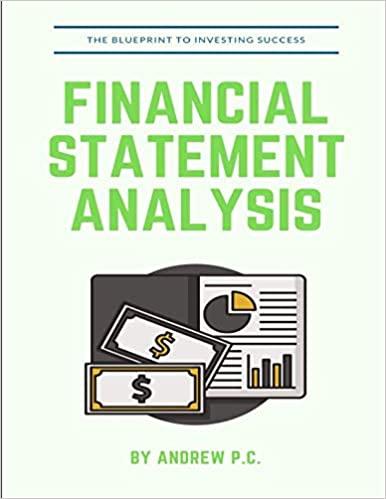Suppose you borrow P dollars at a monthly interest rate of r (as a decimal) and wish to pay off the loan in t months.
Suppose you borrow P dollars at a monthly interest rate of r (as a decimal) and wish to pay off the loan in t months. Then your monthly payment can be calculated using the following formula in dollars.
M =
| Pr(1 + r)t |
| (1 + r)t 1 |
Remember that for monthly compounding, you get the monthly rate by dividing the APR by 12. Suppose you borrow $6800 at 9% APR (meaning that you use r = 0.09/12 in the preceding formula) and pay it back in 2 years.
(a) What is your monthly payment? (Round your answer to the nearest cent.) $ (b) Lets look ahead to the time when the loan is paid off. (Round your answers to the nearest cent.)
(i) What is the total amount you paid to the bank? $ (ii) How much of that was interest? $
(c) The amount B that you still owe the bank after making k monthly payments can be calculated using the variables r, P, and t. The relationship is given by the formula below in dollars.B = P
| (1 + r)t (1 + r)k |
| (1 + r)t 1 |
(i) How much do you still owe the bank after 1 year of payments? (Round your answer to the nearest cent.) $ (ii) An amortization table is a table that shows how much you still owe the bank after each payment. Complete the amortization table for this loan. (Round your answers to the nearest cent.)
| Number of payments made | Amount still owed (in dollars) | Number of payments made | Amount still owed (in dollars) | |
| 0 | 6800.00 | 13 | ||
| 1 | 14 | |||
| 2 | 15 | |||
| 3 | 16 | |||
| 4 | 17 | |||
| 5 | 18 | |||
| 6 | 19 | |||
| 7 | 20 | |||
| 8 | 21 | |||
| 9 | 22 | |||
| 10 | 23 | |||
| 11 | 24 | |||
| 12 |
Step by Step Solution
There are 3 Steps involved in it
Step: 1

See step-by-step solutions with expert insights and AI powered tools for academic success
Step: 2

Step: 3

Ace Your Homework with AI
Get the answers you need in no time with our AI-driven, step-by-step assistance
Get Started


